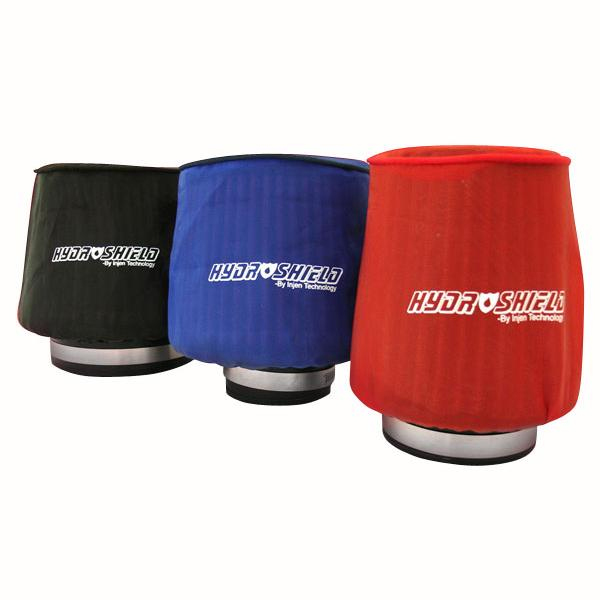i dont see any smoke on my car,too
Most old american cars:
White smoke: White smoke is caused by water and or antifreeze entering the cylinder, and the engine trying to burn it with the fuel. The white smoke is steam. There are special gaskets (head gaskets are the primary gaskets) that keep the antifreeze from entering the cylinder area. The cylinder is where the fuel and air mixture are being compressed and burned. Any amount of antifreeze that enters this area will produce a white steam that will be present at the tailpipe area.
If white smoke is present, check to see if the proper amount of antifreeze is inside the radiator and the overflow bottle. Also check to see if antifreeze has contaminated the engine oil. You can look at the engine oil dipstick, or look at the under side of the engine oil filler cap. If the oil is contaminated with antifreeze, it will have the appearance of a chocolate milkshake. Do not start the engine if the oil is contaminated with antifreeze, as serious internal engine damage can result.
How did antifreeze get in the oil or cylinder in the first place? The engine probably overheated and a head gasket failed due to excessive heat, thus allowing antifreeze to enter the cylinder (Where it is not meant to be).
Blue Smoke: Blue smoke is caused by engine oil entering the cylinder area and being burned along with the fuel air mixture. As with the white smoke, just a small drop of oil leaking into the cylinder can produce blue smoke out the tailpipe. Blue smoke is more likely in older or higher mileage vehicles than newer cars with fewer miles.
How did the engine oil get inside the cylinder in the first place? The car has many seals, gaskets, and O-rings that are designed to keep the engine oil from entering the cylinder, and one of them has failed. If too much oil leaks into the cylinder and fouls the spark plug, it will cause a misfire (engine miss) in that cylinder, and the spark plug will have to be replaced or cleaned of the oil. Using thicker weight engine oil or an oil additive designed to reduce oil leaks might help reduce the amount of oil leaking into the cylinder.
Black Smoke: Black smoke is caused by excess fuel that has entered the cylinder area and cannot be burned completely. Another term for excess fuel is "running rich." Poor fuel mileage is also a common complaint when black smoke comes out of the tailpipe. Black smoke out the tailpipe is the least cause for alarm. Excess fuel will usually effect engine performance, reduce fuel economy, and produce a fuel odor.
How did the fuel get into the cylinder in the first place? Some of the causes of excess fuel are a carburetor that is out of adjustment, a faulty fuel pump, a leaky fuel injector, or a faulty engine computer or computer sensor. If black smoke is present, check the engine oil as in the white smoke example to make sure excess fuel has not contaminated it. Do not start the engine if a heavy, raw fuel smell can be detected in the engine oil. Call your mechanic and advise him of what you have found.
I hope this helps you determine what could be causing your engine smoke, and the possible reasons behind the smoke.




